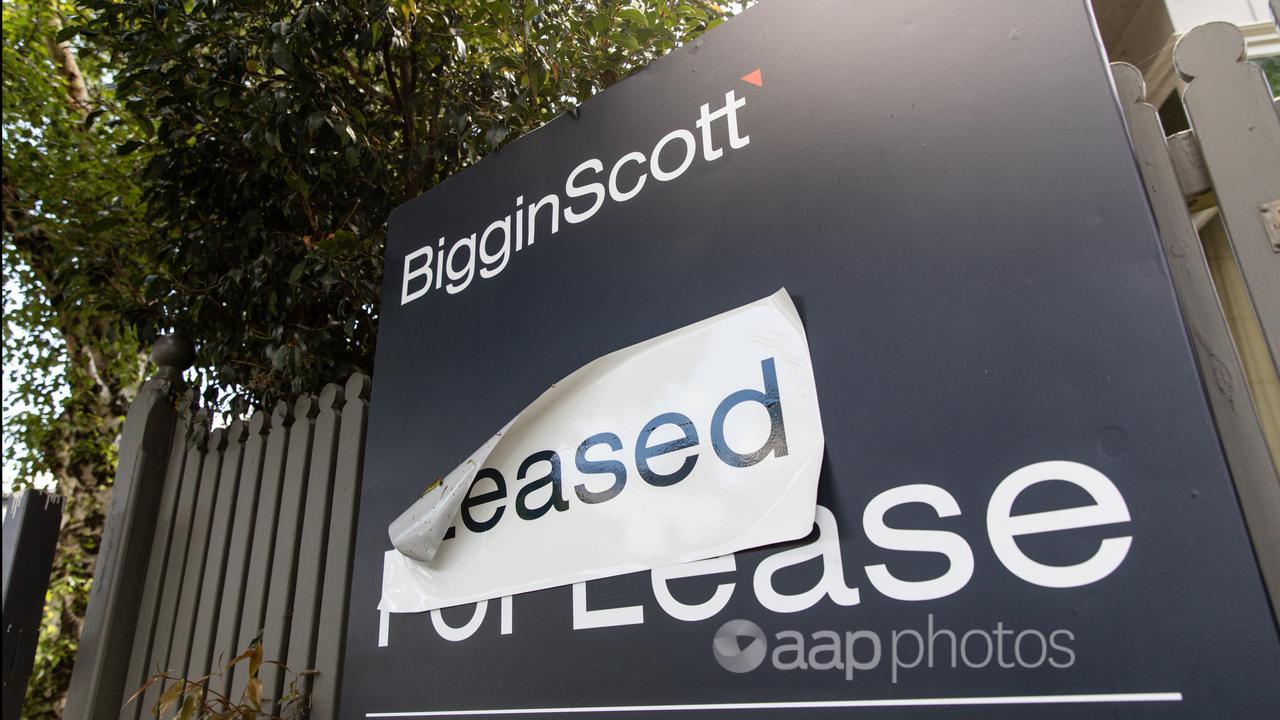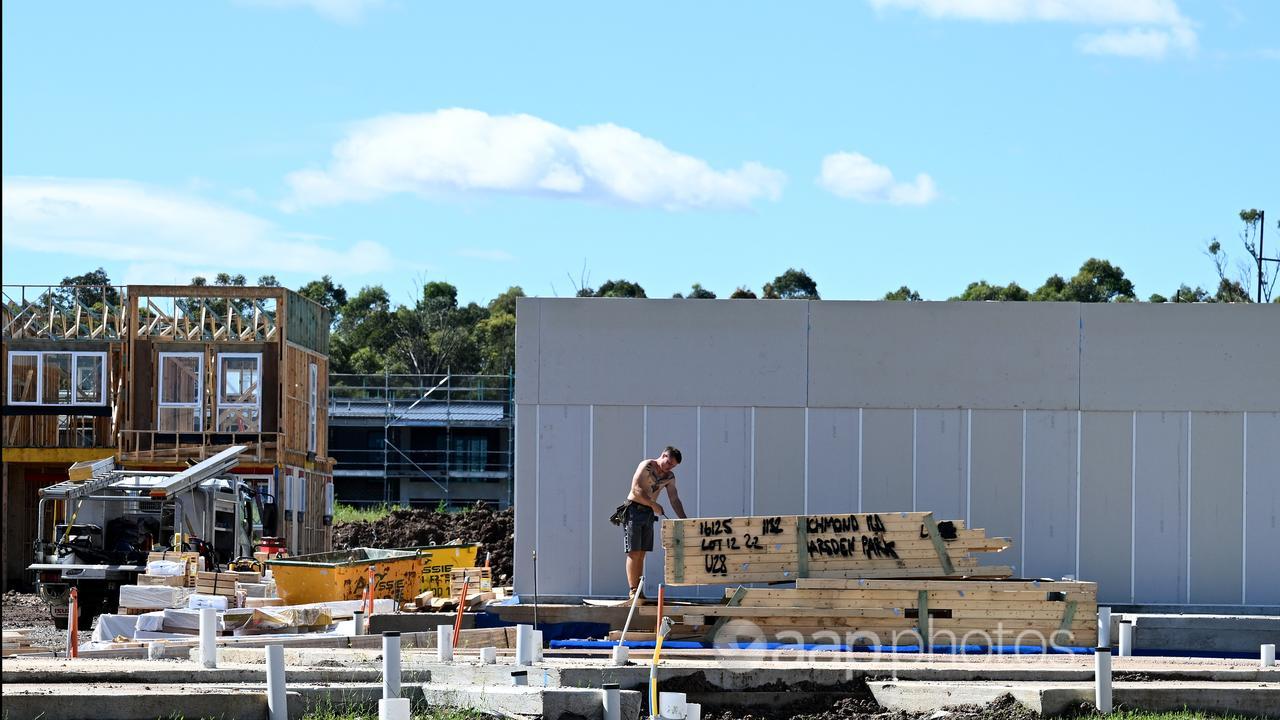No matter where Australians live, how much they earn or how old they are, housing has become less affordable and a report warns the situation is getting worse.
The independent National Housing Supply and Affordability Council launched its inaugural report on Friday, which paints a dire portrait of Australia’s housing system.
It showed housing affordability worsened in 2023 from already challenging levels and could deteriorate further thanks to three consecutive years of significant housing shortfalls.
By the 2028/29 financial year, Australia will still be 39,000 dwellings short, the report predicts.

With rents far outpacing wage growth and vacancy rates hitting all-time lows, housing insecurity and homelessness has surged.
Nearly 170,000 households are on public housing wait lists and 122,000 people are experiencing homelessness.
Meanwhile, only 13 per cent of homes sold in 2022-23 were affordable for a household earning the median income.
Low-income earners, young people, those with disabilities, First Nations Australians and people fleeing domestic and family violence have been hit hardest.
Australia’s housing market is “far from healthy”, the council’s chair Susan Lloyd-Hurwitz wrote in the report’s foreword.
The market was overly reliant on the private sector, had periods of “rampant” price growth and was unable to meet demand, she said.
“The problems in our housing market are deep seated and there is no easy fix.”
While insufficient supply is a fundamental driver of Australia’s housing issues, Ms Lloyd-Hurwitz says they are exacerbated by rising interest rates, skills shortages in the construction industry, builder insolvencies and the resumption of migration.

In August, the federal and state governments committed to building 1.2 million well-located homes over five years with demand projected to grow by 871,000 by the end of this period.
Though the report deemed the plan “suitably ambitious”, it warns the government will fall short of its target by roughly 250,000 dwellings and needs to implement measures that boost supply further.
Housing Minister Julie Collins said the report provided an opportunity for the government to change the direction of Australia’s housing system.
“We don’t have enough homes, and we haven’t built enough homes for a very long time,” she told reporters in Sydney.
“This is not the time to actually go around blaming each other, this is the time to be working together.”
The council recommends governments focus on 10 areas including investing in social housing, reducing homelessness, improving the rental market, bolstering planning systems and ensuring the tax system supports supply.
Opposition spokesman for housing Michael Sukkar said the report highlighted the “grim reality” of the housing crisis and said Australians had “every right to be angry with this government’s failure to address cost of living pressures”.
Greens housing spokesman Max Chandler-Mather urged the government to step in and adopt policies to phase out tax breaks for property investors and build homes itself.

Property Council of Australia chief executive Mike Zorbas welcomed the report and urged the government to invest in purpose-built student accommodation, retirement living communities and build-to-rent housing.
“The government’s housing targets are Australia’s best chance of bridging our housing deficit,” he said.
“The golden levers here are planning efficiency, land release and last mile infrastructure and governments are finally starting to understand this.”




















